Tobias Ackels
@tobiasackels.bsky.social
Asst. Prof. at the University of Bonn, Germany. Interested in sensory neurophysiology and behaviour with a focus on olfaction
Reposted by Tobias Ackels
Out today in Nature: We uncover a neural mechanism for the integration of two internal states - hunger and estrous state - and how this integration shapes pup-directed behaviors in mice.
www.nature.com/articles/s41...
www.nature.com/articles/s41...

Integration of hunger and hormonal state gates infant-directed aggression - Nature
Combined behavioural, circuit-level and cellular approaches are used to demonstrate how hypothalamic neurons integrate hunger and oestrous state to drive a switch in how female mice interact with pups...
www.nature.com
October 22, 2025 at 3:30 PM
Out today in Nature: We uncover a neural mechanism for the integration of two internal states - hunger and estrous state - and how this integration shapes pup-directed behaviors in mice.
www.nature.com/articles/s41...
www.nature.com/articles/s41...
Reposted by Tobias Ackels
📢Apply now! Join our IMPRS for Brain&Behavior to pursue a #PhD in #neuroethology. Learn how brain circuits are linked to interesting animal behaviors!
📅 Deadline: October 31, 2025
🔗 imprs-brain-behavior.mpg.de
#neuroscience #Neuroskyence #neurojobs #sciencejobs #PhDsky #PhDOffers #FundedPhD
📅 Deadline: October 31, 2025
🔗 imprs-brain-behavior.mpg.de
#neuroscience #Neuroskyence #neurojobs #sciencejobs #PhDsky #PhDOffers #FundedPhD

August 27, 2025 at 11:17 AM
📢Apply now! Join our IMPRS for Brain&Behavior to pursue a #PhD in #neuroethology. Learn how brain circuits are linked to interesting animal behaviors!
📅 Deadline: October 31, 2025
🔗 imprs-brain-behavior.mpg.de
#neuroscience #Neuroskyence #neurojobs #sciencejobs #PhDsky #PhDOffers #FundedPhD
📅 Deadline: October 31, 2025
🔗 imprs-brain-behavior.mpg.de
#neuroscience #Neuroskyence #neurojobs #sciencejobs #PhDsky #PhDOffers #FundedPhD
Reposted by Tobias Ackels
Thrilled to share this work, long time in the making! Carried through creatively by @siddjakes.bsky.social after initial design & piloting by @trackingskills.bsky.social, with help from @trackingactions.bsky.social. Modeling in collaboration with Massimo Vergassola & Nicola Rigolli.
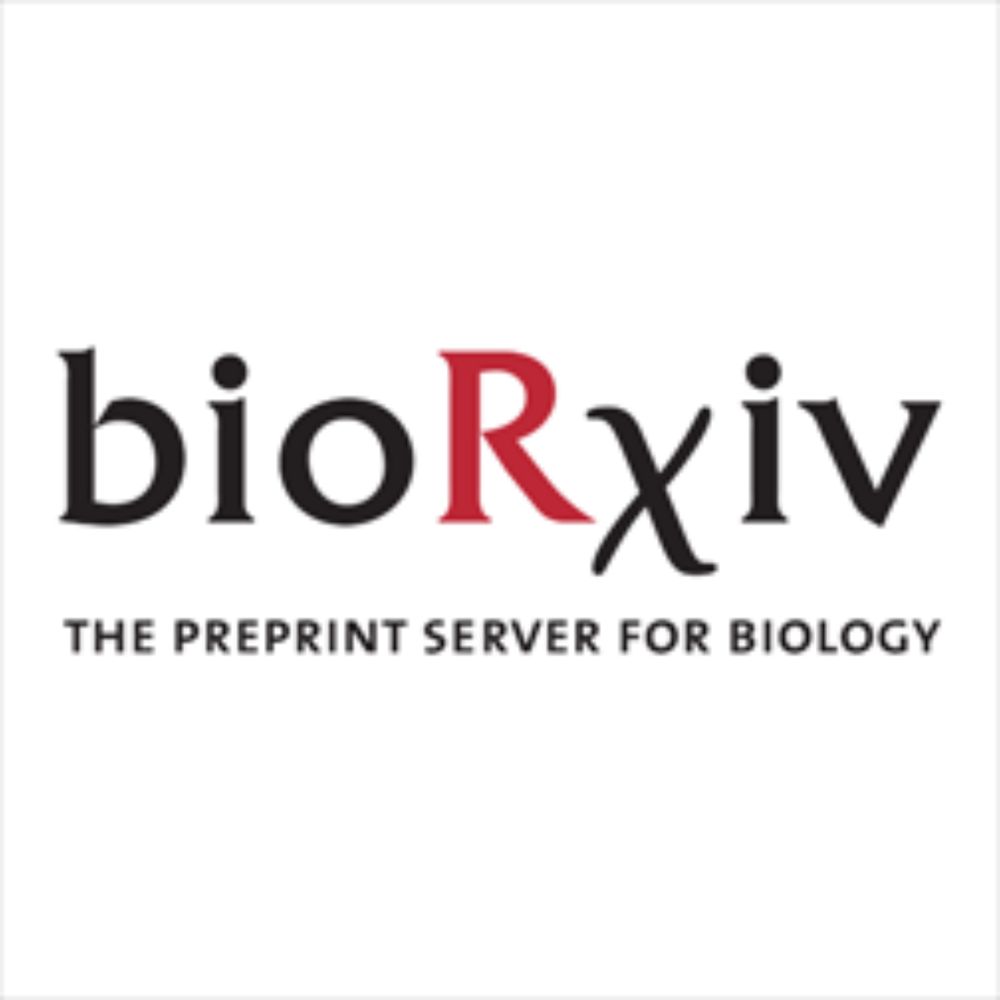
Mice navigate scent trails using predictive policies
Animals actively sense their environment to extract features of interest to guide behaviors. For mammals, odors are prominent environmental features which are sampled by active modulation of sniffing ...
www.biorxiv.org
September 1, 2025 at 7:06 PM
Thrilled to share this work, long time in the making! Carried through creatively by @siddjakes.bsky.social after initial design & piloting by @trackingskills.bsky.social, with help from @trackingactions.bsky.social. Modeling in collaboration with Massimo Vergassola & Nicola Rigolli.
Reposted by Tobias Ackels
Animals’ sniffing drives rhythmic input to the olfactory system.
How does this timing contribute to perception, especially beyond first steps of olfactory processing?
We tested this using simple closed-loop optogenetics in our new paper: www.cell.com/iscience/ful...
How does this timing contribute to perception, especially beyond first steps of olfactory processing?
We tested this using simple closed-loop optogenetics in our new paper: www.cell.com/iscience/ful...
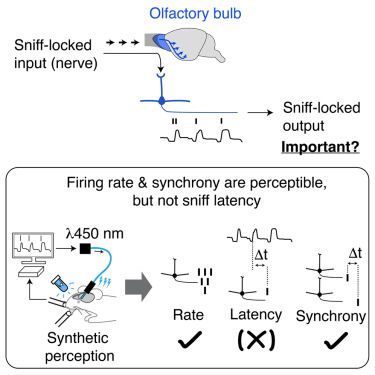
Decoding olfactory bulb output: A behavioral assessment of rate, synchrony, and respiratory phase coding
Neurogenetics; Behavioral neuroscience; Sensory neuroscience
www.cell.com
June 13, 2025 at 3:55 AM
Animals’ sniffing drives rhythmic input to the olfactory system.
How does this timing contribute to perception, especially beyond first steps of olfactory processing?
We tested this using simple closed-loop optogenetics in our new paper: www.cell.com/iscience/ful...
How does this timing contribute to perception, especially beyond first steps of olfactory processing?
We tested this using simple closed-loop optogenetics in our new paper: www.cell.com/iscience/ful...
Fun collaborative work together with the amazing lab of @sophiesteculorum.bsky.social now published!
📢 🤩Excited to share our latest paper👃🧠! Huge thanks to the amazing first author @janice-bulk.bsky.social and all co-authors, especially @andreas-t-schaefer.bsky.social and @tobiasackels.bsky.social 🙌!
www.nature.com/articles/s42...
www.nature.com/articles/s42...
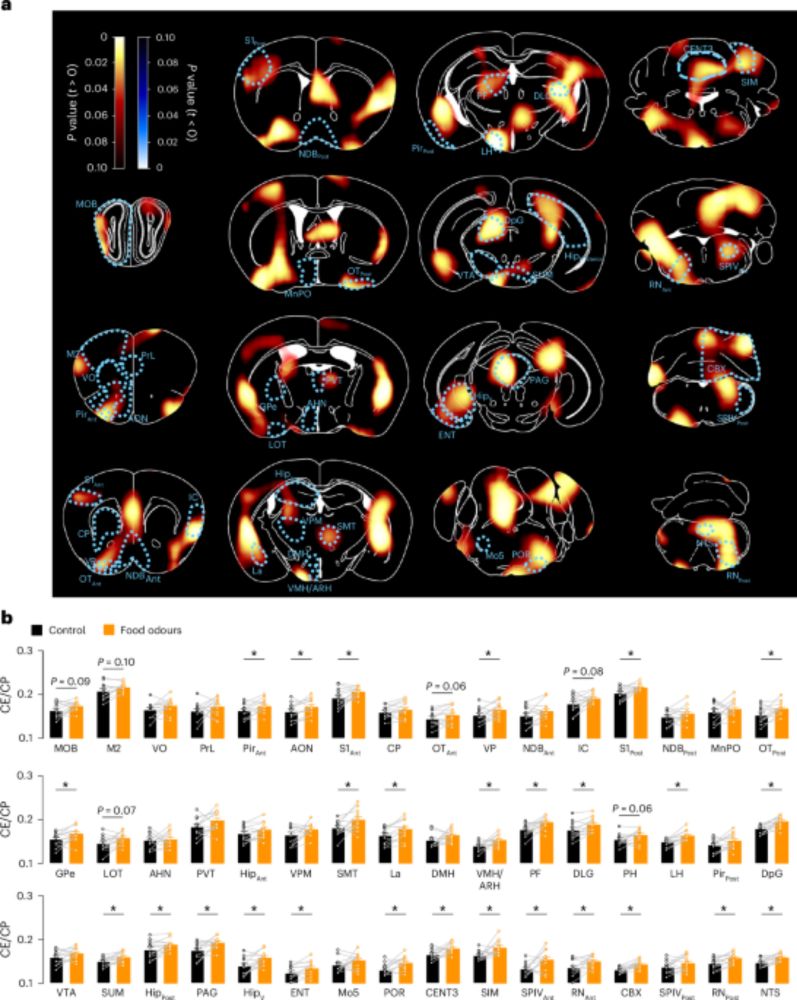
A food-sensitive olfactory circuit drives anticipatory satiety - Nature Metabolism
The authors describe a sensory circuit involving the medial septum (MS), where MS glutamatergic neurons integrate food odours to prime satiety and regulate nutrient intake.
www.nature.com
June 11, 2025 at 2:36 PM
Fun collaborative work together with the amazing lab of @sophiesteculorum.bsky.social now published!
🚨 Preprint alert! 🚨
Can mice estimate the distance to an odour source?
New work led by Cristina Marin and colleagues, jointly supervised by @andreas-t-schaefer.bsky.social at the @crick.ac.uk and myself.
Spoiler alert: Yes, they can!
Read the paper here: bit.ly/43A9tF9
Short 🧵 below
Can mice estimate the distance to an odour source?
New work led by Cristina Marin and colleagues, jointly supervised by @andreas-t-schaefer.bsky.social at the @crick.ac.uk and myself.
Spoiler alert: Yes, they can!
Read the paper here: bit.ly/43A9tF9
Short 🧵 below
May 18, 2025 at 8:41 AM
🚨 Preprint alert! 🚨
Can mice estimate the distance to an odour source?
New work led by Cristina Marin and colleagues, jointly supervised by @andreas-t-schaefer.bsky.social at the @crick.ac.uk and myself.
Spoiler alert: Yes, they can!
Read the paper here: bit.ly/43A9tF9
Short 🧵 below
Can mice estimate the distance to an odour source?
New work led by Cristina Marin and colleagues, jointly supervised by @andreas-t-schaefer.bsky.social at the @crick.ac.uk and myself.
Spoiler alert: Yes, they can!
Read the paper here: bit.ly/43A9tF9
Short 🧵 below
Reposted by Tobias Ackels
A spatial code governs olfactory receptor choice and aligns sensory maps in the nose and brain https://www.biorxiv.org/content/10.1101/2025.05.02.651738v1
May 9, 2025 at 1:15 AM
A spatial code governs olfactory receptor choice and aligns sensory maps in the nose and brain https://www.biorxiv.org/content/10.1101/2025.05.02.651738v1
Reposted by Tobias Ackels
My PhD project is out as a preprint!
We combined 2P and synchrotron X-ray to understand mouse olfactory bulb circuits, linking physiology to structure in 3 animals!
doi.org/10.1101/2025...
🙌 @carlesbosch.bsky.social, @apacureanu.bsky.social, @andreas-t-schaefer.bsky.social, @esrf.fr, @crick.ac.uk
We combined 2P and synchrotron X-ray to understand mouse olfactory bulb circuits, linking physiology to structure in 3 animals!
doi.org/10.1101/2025...
🙌 @carlesbosch.bsky.social, @apacureanu.bsky.social, @andreas-t-schaefer.bsky.social, @esrf.fr, @crick.ac.uk
May 1, 2025 at 12:20 PM
My PhD project is out as a preprint!
We combined 2P and synchrotron X-ray to understand mouse olfactory bulb circuits, linking physiology to structure in 3 animals!
doi.org/10.1101/2025...
🙌 @carlesbosch.bsky.social, @apacureanu.bsky.social, @andreas-t-schaefer.bsky.social, @esrf.fr, @crick.ac.uk
We combined 2P and synchrotron X-ray to understand mouse olfactory bulb circuits, linking physiology to structure in 3 animals!
doi.org/10.1101/2025...
🙌 @carlesbosch.bsky.social, @apacureanu.bsky.social, @andreas-t-schaefer.bsky.social, @esrf.fr, @crick.ac.uk
Reposted by Tobias Ackels
Now in its final form, our recent work on how olfactory transduction currents help ensure sparse sensory coding. Led by a post-bac Kai Clane Belonio and a graduate student, Eyerusalem Haile, this was a group effort by the entire laboratory.
www.jneurosci.org/content/45/1...
www.jneurosci.org/content/45/1...

Amplification of Olfactory Transduction Currents Implements Sparse Stimulus Encoding
Sensory systems must perform the dual and opposing tasks of being sensitive to weak stimuli while also maintaining information content in dense and variable sensory landscapes. This occurs in the olfa...
www.jneurosci.org
April 30, 2025 at 5:14 PM
Now in its final form, our recent work on how olfactory transduction currents help ensure sparse sensory coding. Led by a post-bac Kai Clane Belonio and a graduate student, Eyerusalem Haile, this was a group effort by the entire laboratory.
www.jneurosci.org/content/45/1...
www.jneurosci.org/content/45/1...
Reposted by Tobias Ackels
Olfactory neuroscientists have known for a while that their stimuli stink. A new analysis illuminates the extent of the problem.
By @callimcflurry.bsky.social
#neuroskyence
www.thetransmitter.org/olfaction/sm...
By @callimcflurry.bsky.social
#neuroskyence
www.thetransmitter.org/olfaction/sm...
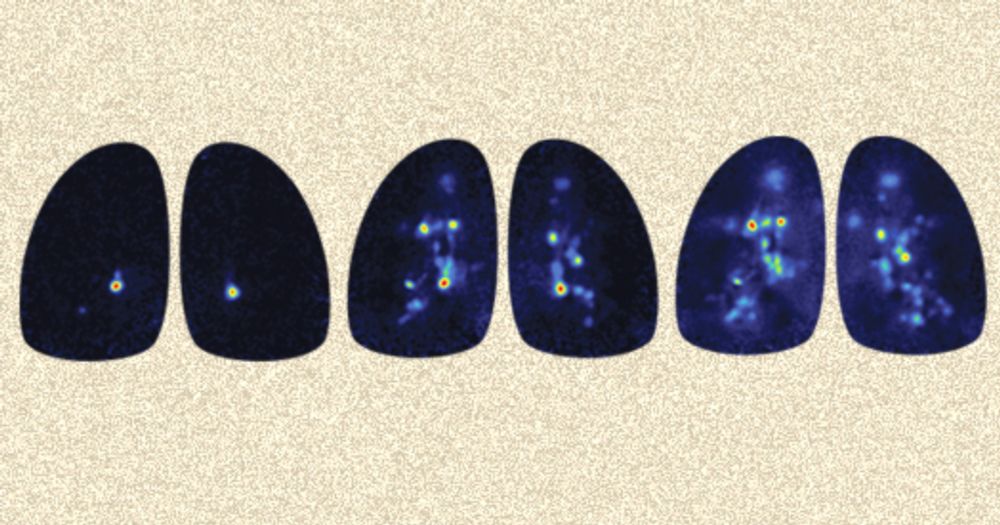
Smell studies often use unnaturally high odor concentrations, analysis reveals
It’s time to fashion olfactory neuroscience stimuli based on odor concentrations in the wild, say study investigators Elizabeth Hong and Matt Wachowiak.
www.thetransmitter.org
April 16, 2025 at 2:26 PM
Olfactory neuroscientists have known for a while that their stimuli stink. A new analysis illuminates the extent of the problem.
By @callimcflurry.bsky.social
#neuroskyence
www.thetransmitter.org/olfaction/sm...
By @callimcflurry.bsky.social
#neuroskyence
www.thetransmitter.org/olfaction/sm...
Reposted by Tobias Ackels
Excited to share the sequel to our 2022 paper! In this follow-up, we show that the stable head direction (HD) signals we reported in blind mice rely on stereo olfaction—that is, the comparison of odor info. between the two nostrils.
Link: www.nature.com/articles/s41...
🧵highlights below
Link: www.nature.com/articles/s41...
🧵highlights below
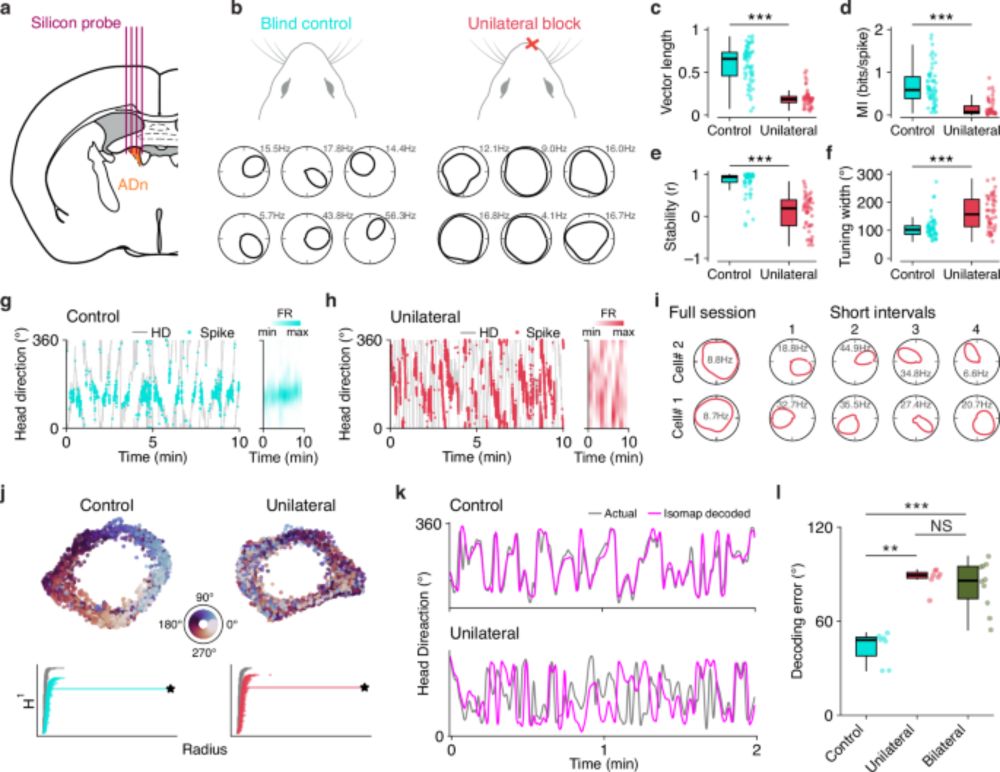
Stereo olfaction underlies stable coding of head direction in blind mice - Nature Communications
Stereo olfaction involves comparing odor differences between the two nostrils. Here, using neuronal recordings and a behavioral test, the authors demonstrate that blind mice use stereo olfaction to fo...
www.nature.com
April 15, 2025 at 6:26 AM
Excited to share the sequel to our 2022 paper! In this follow-up, we show that the stable head direction (HD) signals we reported in blind mice rely on stereo olfaction—that is, the comparison of odor info. between the two nostrils.
Link: www.nature.com/articles/s41...
🧵highlights below
Link: www.nature.com/articles/s41...
🧵highlights below
Reposted by Tobias Ackels
Tomorrow morning, March 29th at 11:30 am, check out Symposium 31 at #NWG2025 @neurowissg.bsky.social organized by MODOLFOR member Tobias Ackels @tobiasackels.bsky.social

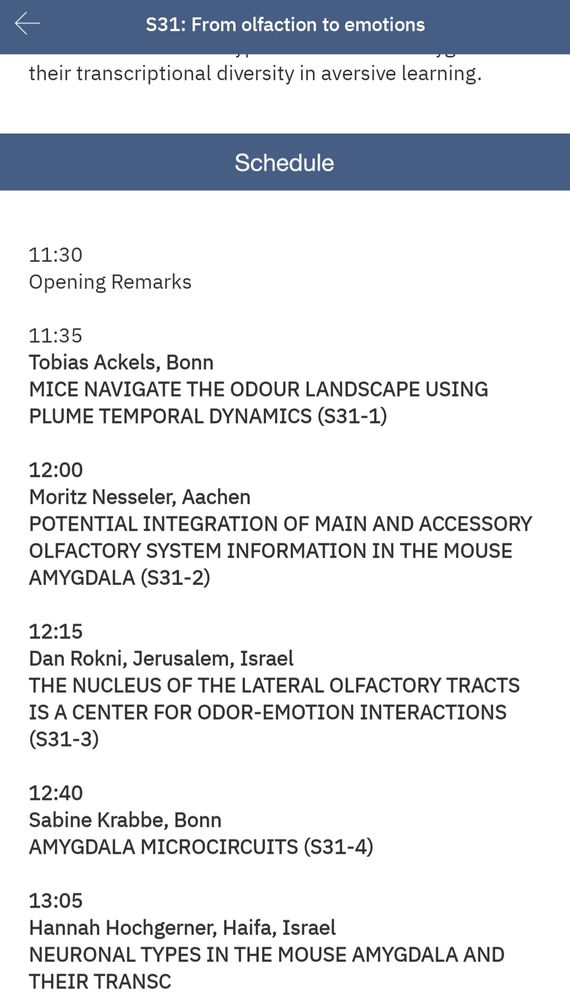
March 28, 2025 at 3:11 PM
Tomorrow morning, March 29th at 11:30 am, check out Symposium 31 at #NWG2025 @neurowissg.bsky.social organized by MODOLFOR member Tobias Ackels @tobiasackels.bsky.social
Reposted by Tobias Ackels
Our Symposium takes place tomorrow at the Sternwarte in Göttingen. We are looking forward to exciting talks from @nawrot.bsky.social, @xenofrog.bsky.social, Lisa Scheunemann, Andre Fiala and Celine Riera. What a great start of the #NWG meeting @neurowissg.bsky.social
Join us for the MODOLFOR Satellite Symposium on Modulation of Olfaction at the 16th Göttingen Meeting of the German Neuroscience Society in spring 2025 🐭🐝👃
@neurowissg.bsky.social
@neurowissg.bsky.social

March 25, 2025 at 7:44 AM
Our Symposium takes place tomorrow at the Sternwarte in Göttingen. We are looking forward to exciting talks from @nawrot.bsky.social, @xenofrog.bsky.social, Lisa Scheunemann, Andre Fiala and Celine Riera. What a great start of the #NWG meeting @neurowissg.bsky.social
Reposted by Tobias Ackels
Meet our IMPRS faculty members at the German Neuroscience Society Meeting in Göttingen this week!

March 24, 2025 at 1:26 PM
Meet our IMPRS faculty members at the German Neuroscience Society Meeting in Göttingen this week!
Reposted by Tobias Ackels
Check out our review comparing typical experimental to naturally-occurring odor concentrations. You might be surprised.
www.jneurosci.org/content/45/1...
Thanks to Matt and Betty for asking me to take part!
www.jneurosci.org/content/45/1...
Thanks to Matt and Betty for asking me to take part!

Recalibrating Olfactory Neuroscience to the Range of Naturally Occurring Odor Concentrations
Sensory systems enable organisms to detect and respond to environmental signals relevant for their survival and reproduction. A crucial aspect of any sensory signal is its intensity; understanding how...
www.jneurosci.org
March 6, 2025 at 2:38 AM
Check out our review comparing typical experimental to naturally-occurring odor concentrations. You might be surprised.
www.jneurosci.org/content/45/1...
Thanks to Matt and Betty for asking me to take part!
www.jneurosci.org/content/45/1...
Thanks to Matt and Betty for asking me to take part!
I am deeply grateful for this award, which not only recognizes my work but also reflects the invaluable contributions of my team, mentors, and supporters!
It inspires me to continue working with my lab to deepen our understanding of how we perceive and interpret our environment.
It inspires me to continue working with my lab to deepen our understanding of how we perceive and interpret our environment.
Mammals smell faster than they breathe: Paul Ehrlich and Ludwig Darmstaedter Early Career Award 2025 goes to Tobias Ackels @goetheuni.bsky.social @paulstiftung...
weiterlesen
weiterlesen

January 28, 2025 at 12:26 PM
I am deeply grateful for this award, which not only recognizes my work but also reflects the invaluable contributions of my team, mentors, and supporters!
It inspires me to continue working with my lab to deepen our understanding of how we perceive and interpret our environment.
It inspires me to continue working with my lab to deepen our understanding of how we perceive and interpret our environment.
Reposted by Tobias Ackels
Join us for the MODOLFOR Satellite Symposium on Modulation of Olfaction at the 16th Göttingen Meeting of the German Neuroscience Society in spring 2025 🐭🐝👃
@neurowissg.bsky.social
@neurowissg.bsky.social

November 20, 2024 at 12:48 PM
Join us for the MODOLFOR Satellite Symposium on Modulation of Olfaction at the 16th Göttingen Meeting of the German Neuroscience Society in spring 2025 🐭🐝👃
@neurowissg.bsky.social
@neurowissg.bsky.social
Reposted by Tobias Ackels
Have you ever wondered how memories are processed downstream of the #hippocampus and how this is affected by #Alzheimer's? We believe we may find some answers by riding all the way down the fornix to the mammillary body. Apply here for a fully-funded #PhD with us: ovgu.b-ite.careers/56yvk
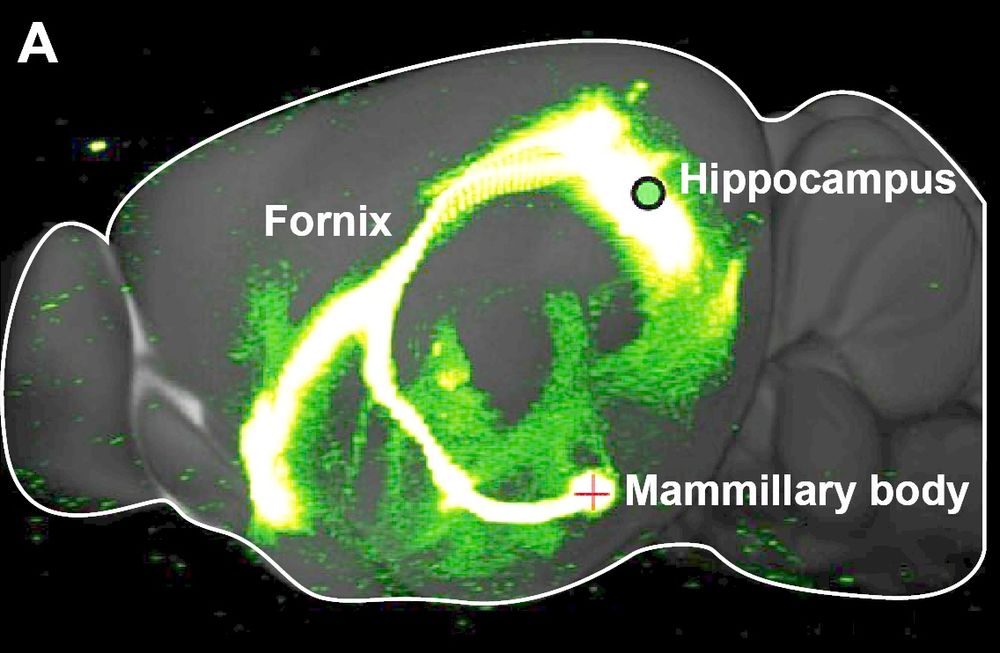
December 2, 2024 at 2:22 PM
Have you ever wondered how memories are processed downstream of the #hippocampus and how this is affected by #Alzheimer's? We believe we may find some answers by riding all the way down the fornix to the mammillary body. Apply here for a fully-funded #PhD with us: ovgu.b-ite.careers/56yvk
Reposted by Tobias Ackels
Sniffing helps animals identify smells and connect them to places and events, but noses can’t sense time or place.
How do brains connect odors with internal models of the world?
Our preprint suggests that the olfactory bulb participates in this connection.
www.biorxiv.org/content/10.1...
How do brains connect odors with internal models of the world?
Our preprint suggests that the olfactory bulb participates in this connection.
www.biorxiv.org/content/10.1...
November 22, 2024 at 6:07 PM
Sniffing helps animals identify smells and connect them to places and events, but noses can’t sense time or place.
How do brains connect odors with internal models of the world?
Our preprint suggests that the olfactory bulb participates in this connection.
www.biorxiv.org/content/10.1...
How do brains connect odors with internal models of the world?
Our preprint suggests that the olfactory bulb participates in this connection.
www.biorxiv.org/content/10.1...
Check out our new review in PLoS Biology on how dynamic odour information can help mammals to navigate through their environment.
Led by the fantastic Anantu Sunil & Olivia Pedroncini, this also marks my first last author publication from the University of Bonn!
journals.plos.org/plosbiology/...
Led by the fantastic Anantu Sunil & Olivia Pedroncini, this also marks my first last author publication from the University of Bonn!
journals.plos.org/plosbiology/...

How do mammals convert dynamic odor information into neural maps for landscape navigation?
Odors contain complex spatiotemporal information that guide animal behavior, but how this information is processed is not fully understood. This Essay discusses recent advances in mammalian olfactory ...
journals.plos.org
November 22, 2024 at 9:32 AM
Check out our new review in PLoS Biology on how dynamic odour information can help mammals to navigate through their environment.
Led by the fantastic Anantu Sunil & Olivia Pedroncini, this also marks my first last author publication from the University of Bonn!
journals.plos.org/plosbiology/...
Led by the fantastic Anantu Sunil & Olivia Pedroncini, this also marks my first last author publication from the University of Bonn!
journals.plos.org/plosbiology/...

